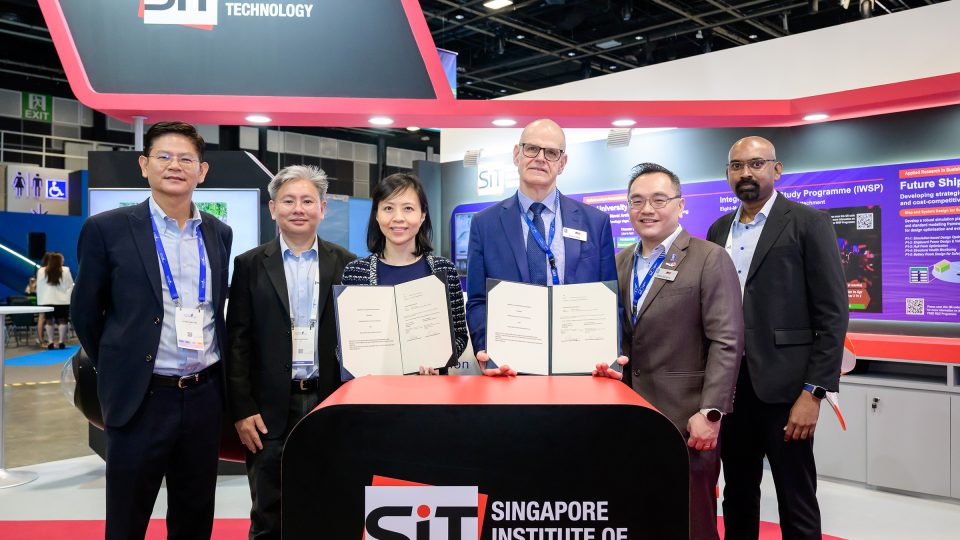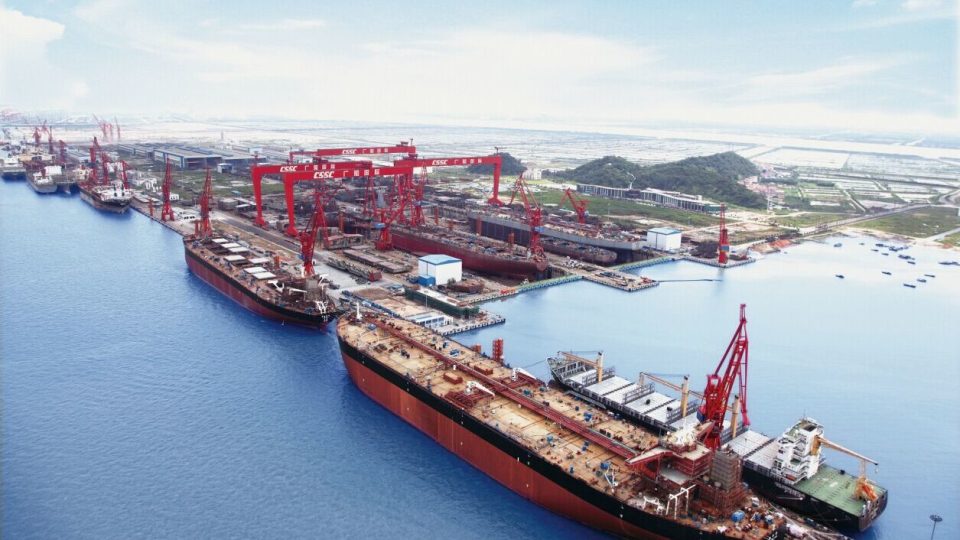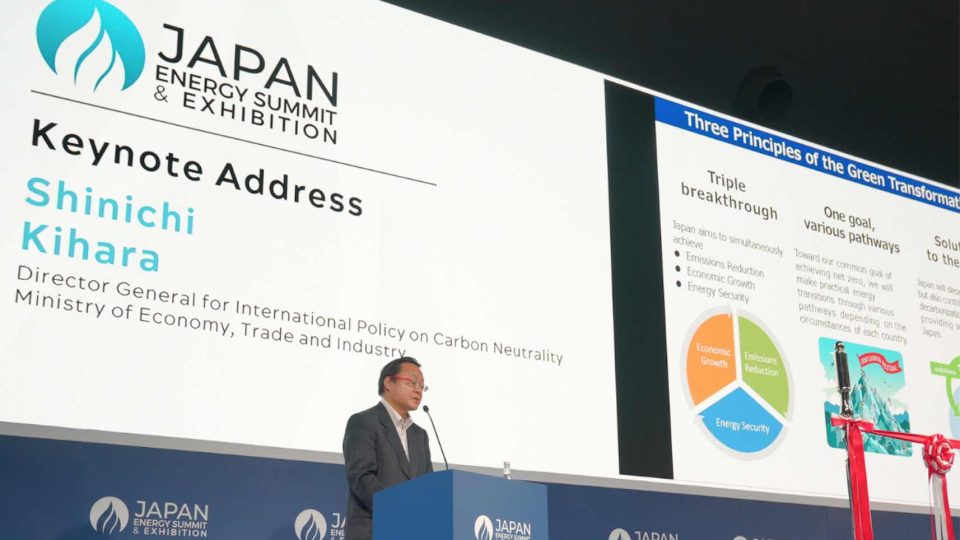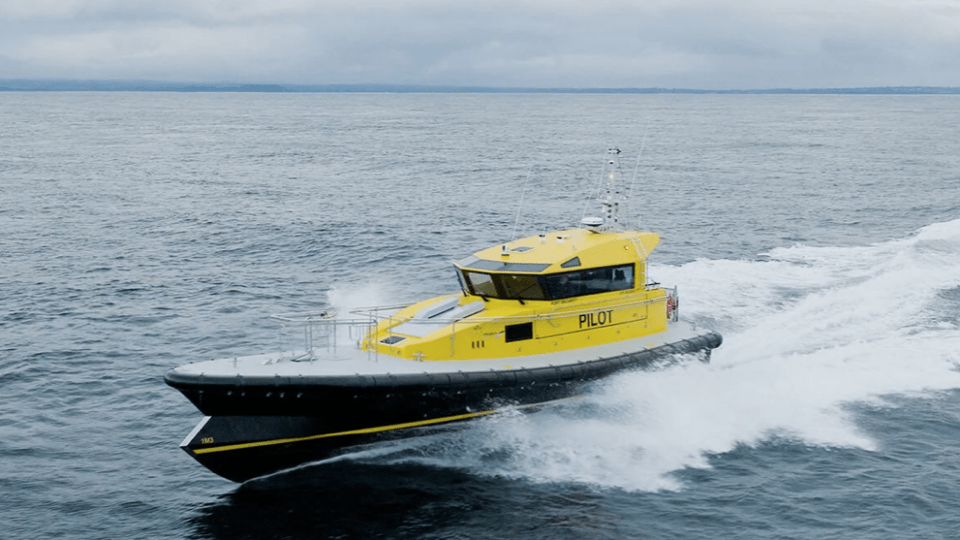Volvo Penta EVC system now suitable for D8 diesel engines
The Swedish manufacturer also plans to gradually make it available for other Diesel engines of its range, namely the D11, D13 and D16 models, starting in 2022.
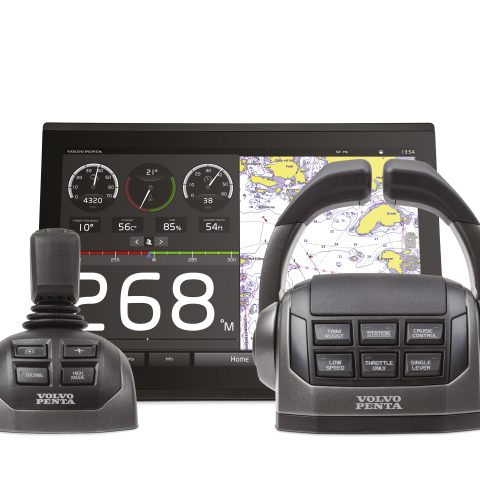
Volvo Penta has improved the functionality and features of its next-generation Electronic Vessel Control (EVC 2) system, making it suitable for being used with D8 diesel engines. In addition, the Swedish manufacturer plans to gradually make it available for other Diesel engines of its range, namely the D11, D13 and D16 models, starting in 2022. The EVC platform was introduced by Volvo Penta back in 2003, almost 20 years ago, and in 2019 it was made available for D4 and D6 engine models. The main goal of the system is to make the boating experience easier and more accessible.
Volvo Penta EVC system: one of the many notable features
«Securing functionality growth is an important part of EVC 2», explains Jonas Welinder, Product Planner at Volvo Penta. «Many of the innovations that have set us apart over the years have derived from EVC and the superior level of experience it enables. Notable features such as the Glass Cockpit, Easy Connect, Assisted Docking, and Water Sport Control would not be possible without this intuitive integration platform. Volvo Penta’s EVC 2 also benefits OEMs with easier installation and greater flexibility. As the system continues to evolve, we’ll deliver even more solutions that make boating easier and better than ever.».
In the future, EVC 2 will act as the primary enabler, including remote diagnostics and connectivity. It will form the foundation for connecting all future features in a boat and allow new services to be uploaded anywhere in the world – when automated connected and electric features become available.
One single connection point for diagnostics and software updates
The EVC 2 platform also features just one single connection point for diagnostics and software updates – regardless of how many engines are in the installation. This offers greater ease of maintenance, as well as enhanced software downloads and diagnostics. The new electrical architecture ensures faster software downloads, improved diagnostics, and traceability, as well as the ability to upgrade to additional functionality in the future.
Also, the modern electrical architecture of the EVC 2 allows more features to be connected into the ecosystem of the vessel, giving builders more flexibility in the complete process of building a boat, all the way from ordering, manufacturing, and delivery.




